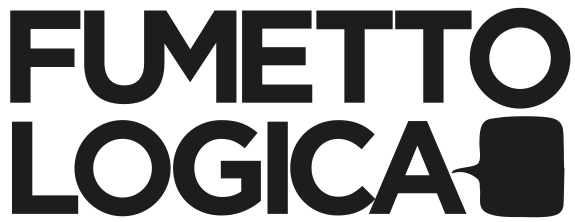Every week on “Sunday Page” an author has to choose a single page from a comic book. It could be for sentimental reasons o for a particular technical achievement. The conversation could lose itself in the open water of the comic book world but it will always start with the
This Sunday I’m out with John Higgins, writer, artist and colorist. Born in Walton, Liverpool, in 1949, after his studies at Wallasey College of Art, he got a job as a medical illustrator. He then became a comic book artist for Marvel UK and 2000 AD, working on Judge Dredd and others. As a colorist, he revolutionized the industry with masterworks as Watchmen and Batman: The Killing Joke.

This page is from my comic collection, I started collecting underground comics whist at art college in the early seventies, and I had seen Richard Corben comic pages before, but they were either “just” stunning black and white airbrush pages or scintillating one image colour covers. I collected everything I could of his. This page was for me a starting point, for Richard Corben as a storyteller and colour artist and for me as a comic artist but also a constant student of comic art and storytelling.
His storytelling, his characterisation, his political eco message story’s told with a sick twisted humour, satirical socio sexual tales poking fun at all aspects of relationships, showing how outsiders can buck the system and win. I am still striving to reach his consistent artistic plateau, that he achieves with every job he does, never mind when he reaches his sublime artistic highs!
This page is from Grim Wit #2, 1973, a very cheaply produced comic on newsprint, with hand sep colour, the copy I am looking at now in my hands, the white paper has turned a dull brown over the years, but the years have not dimmed the feeling of excitement when I look at this page. This is the very first page of probably one of Richard Corben’s “artistic highs”, the series of Den. The next episode I saw after this (trying to get regular comics in those days, was very hit and miss) was probably 5 years later in the French comic magazine, Metal Hurlant, and then his colour got the production values it deserved.
What is so fascinating about Den for you that made you choose it among all Corben’s works?
Den was the first time I had seen colour used in such an imaginative way, Corben used back and side lighting with complimentary colour, that either reflected off the objects in the panel, or were used as a shadowing effect, this was very effective to throw out to the viewer what ever Corben chose for this effect, his figures in particular had a dimensionality that started with his powerful figure work but then with colour he accentuated aspects such as the underside of breasts, belly’s or cheek bones, rather than just do a black shadow, this not only made them more colour interesting but created an almost tactile three dimensional effect on a 2 dimensional printed page.
For me as a writer this story started in simple but effective way that brings an immediate identification with the hero, in Den a normal Joe is dragged into an adventure, and has to survive or die. I use this storytelling method in my Graphic Novel Razorjack. It was also used by one of my favourite pulp SF writers, Edgar Rice Burroughs in his John Carter of Mars series.
And what’s about this page? Could you elaborate on why did you pick it?
Underground comics were always printed on the cheapest paper and used the cheapest production values, Den was at a time when Corben became technically sophisticated at the early production stage of creating his artwork for printing, this produced a signature style that was immediately recognizable as his. This page was when I first noticed how effective his production style was, due to how primitive the printing is for this comic, you can almost see his steps and initially I thought it was done by hand seps, but was a lot more effective than that. If you look at the printing on this page you can probably still see even on a computer screen the print dots they used at the time they are so large, almost crude, but Corben achieved something special even with these limitations.
The technique simply told, Corben painted in finished black and white tone the individual comic pages, then scanned the black and white page, but then produced the 4 colour printing plates from this art, he then worked on each individual plate Cyan, Magenta, Yellow and Black, and then printed from those plates to end up with a full colour printed page of comic art, the colour only existed once it had been printed.
This is similar to how some artists now produce colour using computers, scan in a black and white tone painting and use photoshop to change it into colour, a method I have used a lot in the past, probably starting on the covers for Pride and Joy, a 6 issue mini series for DC comics in the 1990’s.
For you, what’s the legacy of Corben and what kind of lessons did you learn, as an artist, from reading his comics?
Corben has been an inspiration for all of my career and is still producing some of the most effective comic art around, the last work I saw from him was for Dark Horse comics. Even when he only does black and white line, the storytelling, his composition, characterisation and his world creation is the best ever, but then add to this his colour and we have a combination I have never seen bettered. He was the main reason I got into comics, without Richard Corben I would not have coloured Watchmen or Batman: The Killing Joke and had the career in comics I have had, I might have still been a Medical illustrator working in a hospital.


